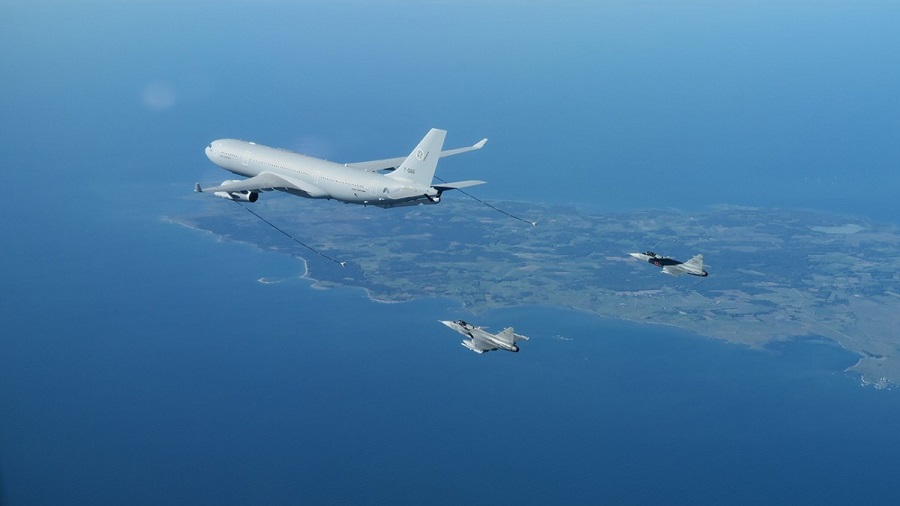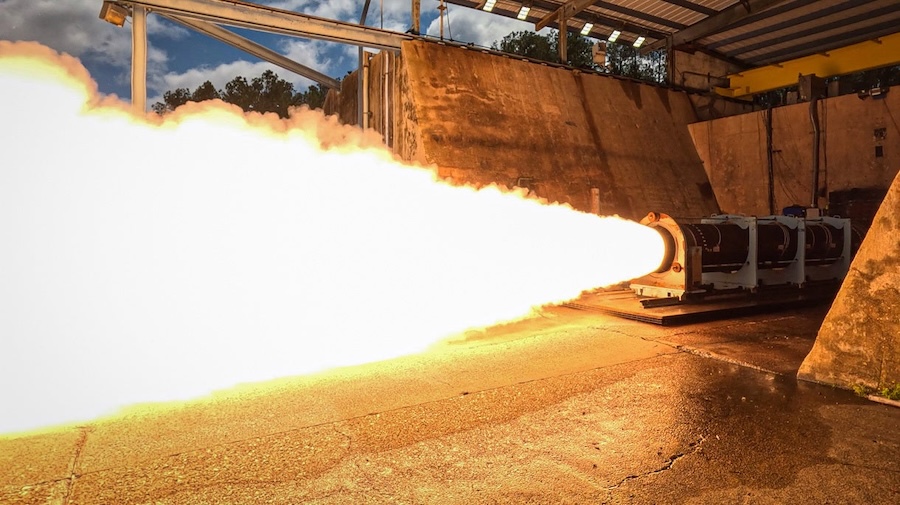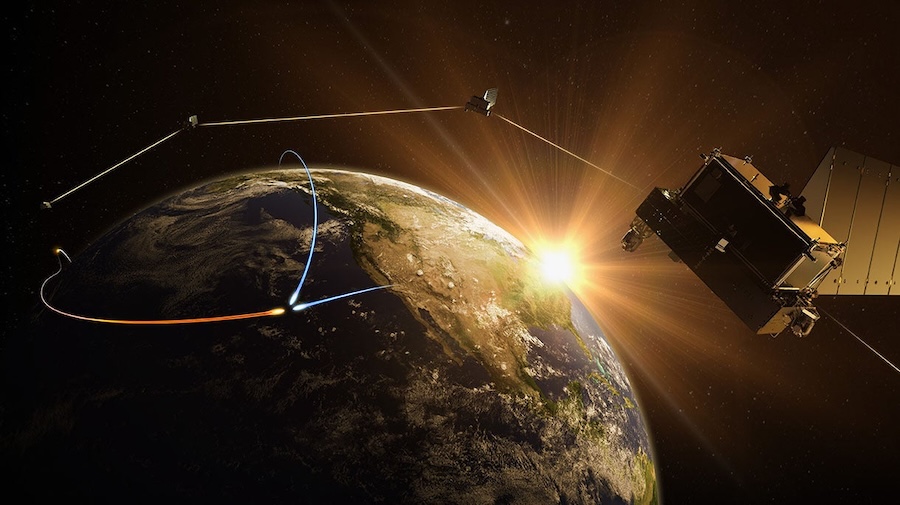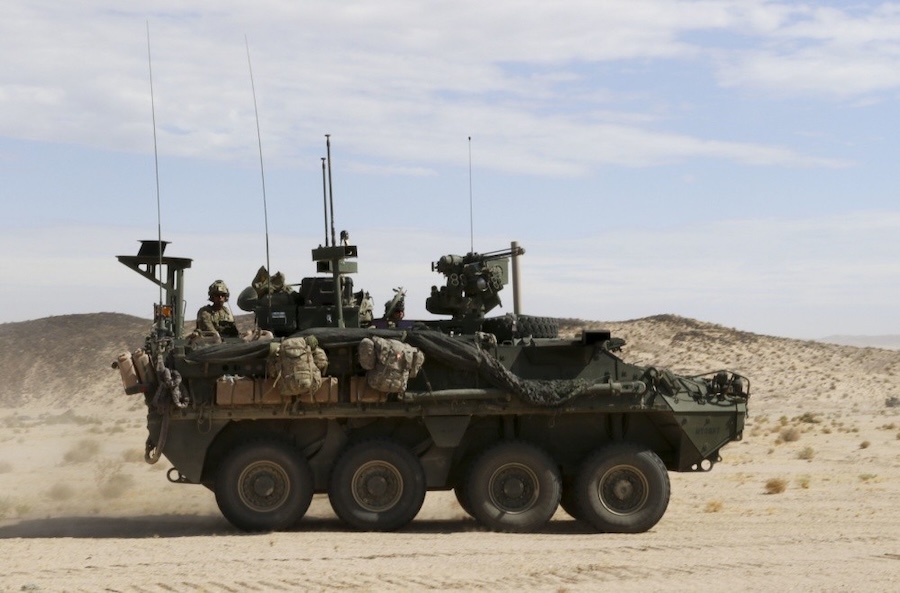The test campaign will conclude on 21 October after which the test reports will be assessed by the Dutch Military Airworthiness Authority. Final approval is expected early 2023. Once the process is completed, the Czechia (and other Gripen users like Sweden) will be able to refuel its fighter fleet using the MRTT hose and drogue system. This will enable the fleet to perform longer-range missions without the need of intermittent landings for refueling.

“So far, the MMF could make use of already existing documentation of clearances performed by other MRTT users, mainly from Australia and the United Kingdom. However, no receiver clearance against a MRTT exists for the SAAB Gripen yet. Since the Gripen is operated by Czechia, one of our valued MMF partners, we decided that the MMF would take the lead in the receiver clearance process,” said Jan Der Kinderen, NSPA MMF System Manager
The MMF, in the lead for the testing campaign, is working closely with the Swedish and Dutch Flight Test Organisations to perform the necessary flights and obtain the required clearance.
Air-to-air refueling is a critical capability for NATO forces in operations that require long-range air missions. The MRTT’s 111 tons basic fuel capacity enables the aircraft to excel in air-to-air refueling missions, eliminating the requirement for additional fuel tanks.

The Multinational MRTT Fleet, owned by NATO and managed by the NSPA, provides strategic transport, air-to-air refueling and medical evacuation capabilities to its six participating nations (Belgium, Czechia, Germany, Luxembourg, The Netherlands and Norway). The Multinational Multirole Tanker Transport Unit, formed by military personnel from the six participating nations, operates the fleet. All six Allies have access to the MMF capabilities based on the number of flying hours contracted. To date, seven aircraft have been delivered to the Unit, with final deliveries expected in 2024.





























